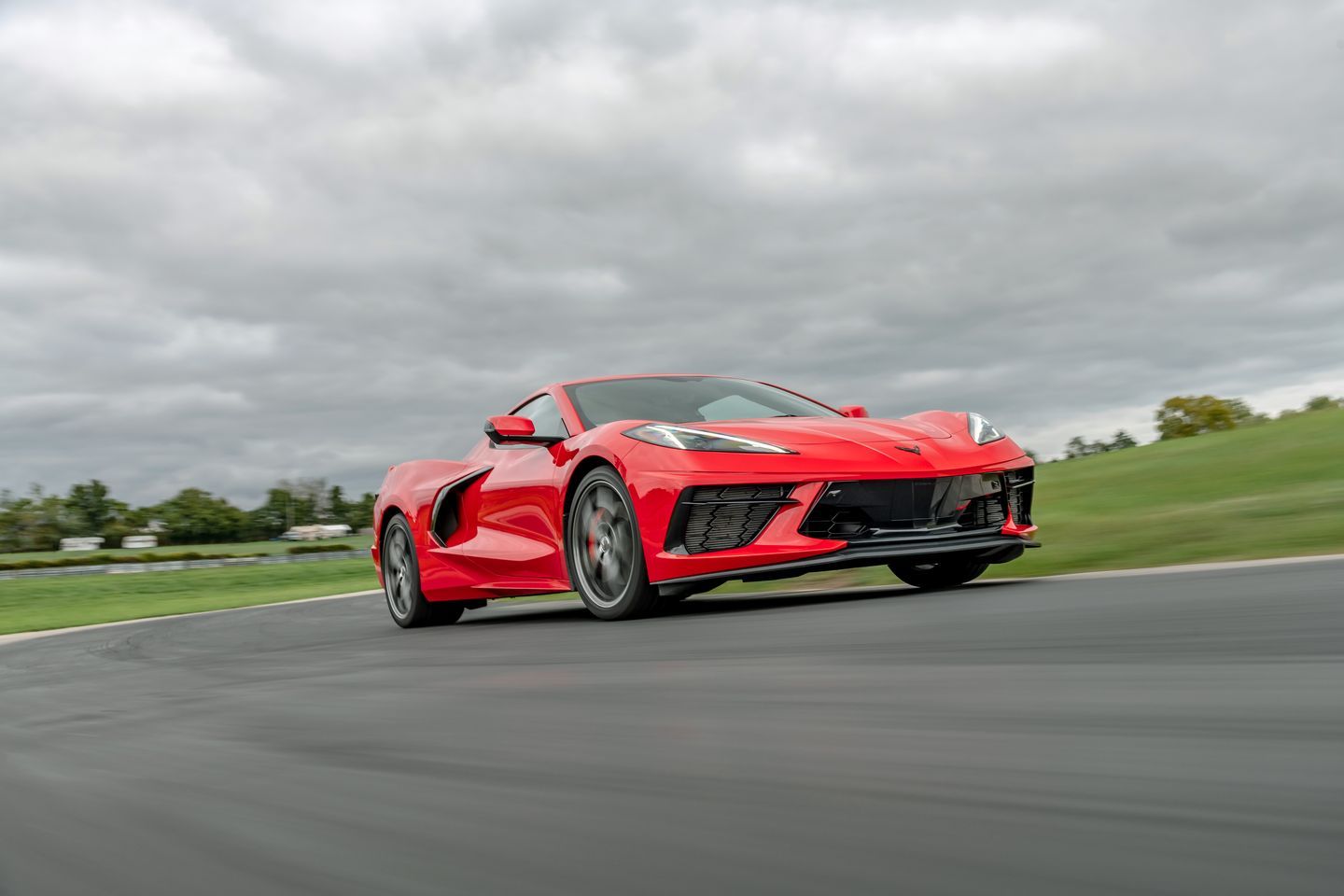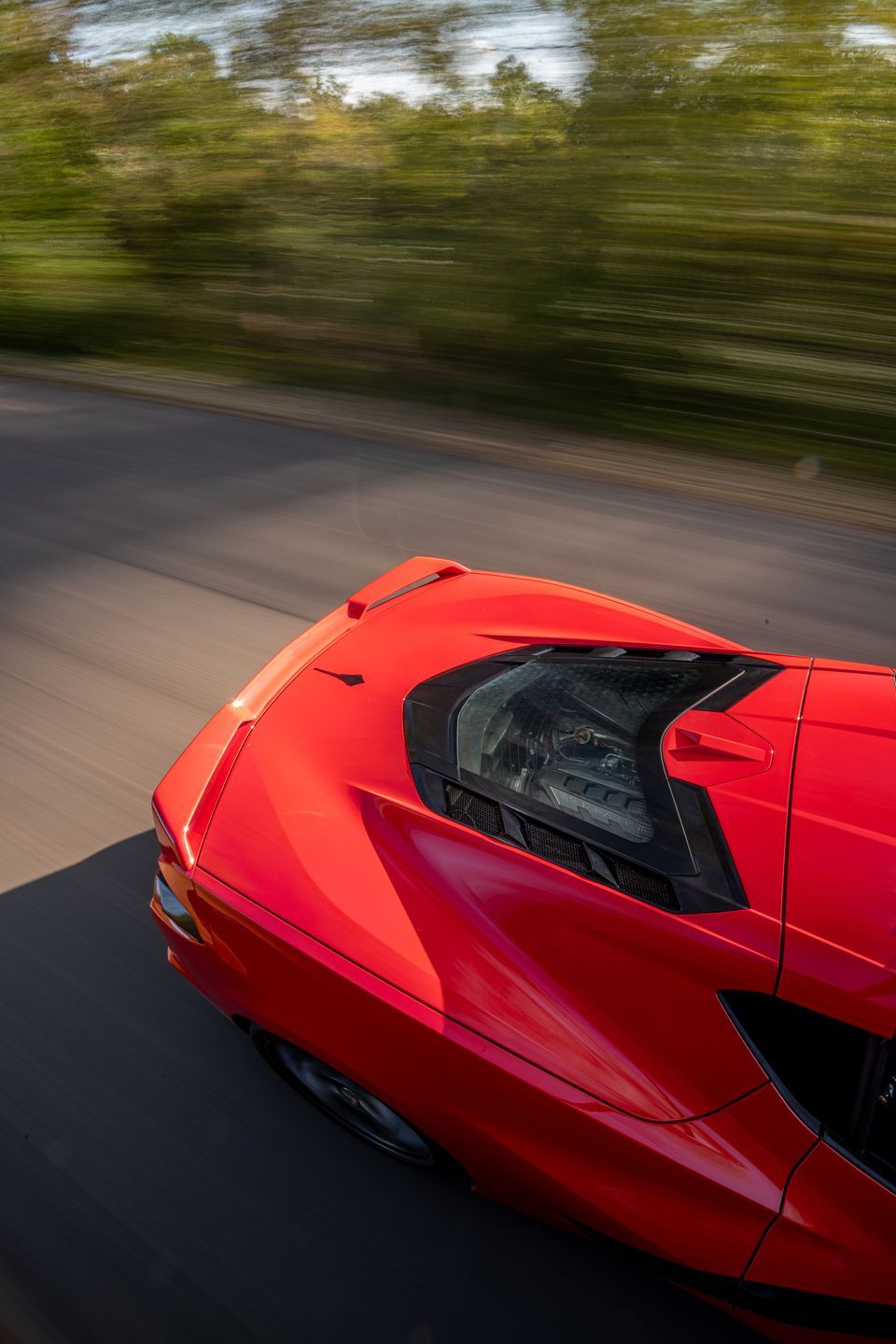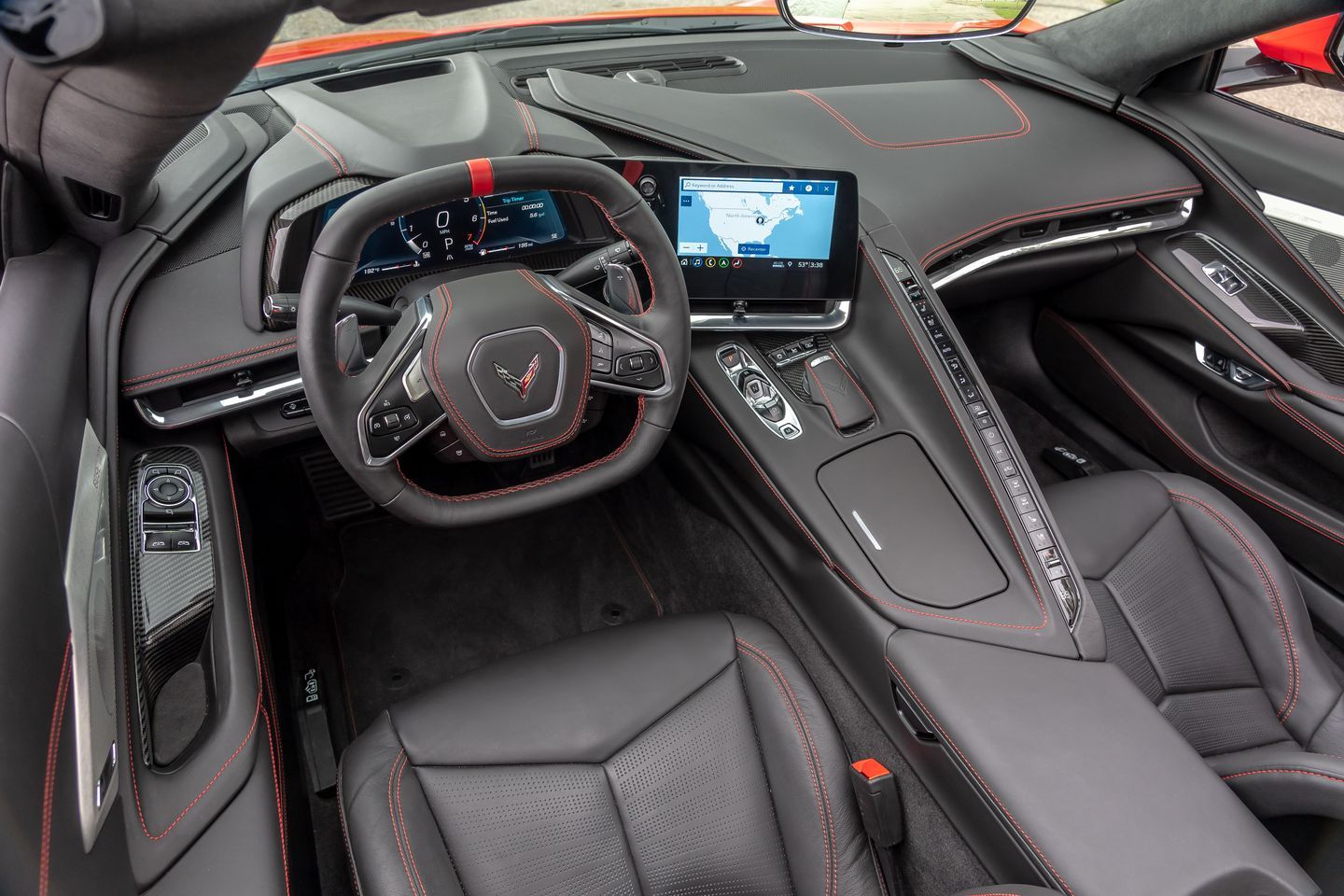2020 Chevrolet Corvette Is More Than the Best Corvette Ever
Chevy’s mid-engined C8 Corvette could never live up to all the hype that it’s generated, but it comes damn close.
High expectations are a bitch. Whether you’re anticipating Adele’s next album, Ron Howard’s next movie, or Christian Yelich’s next at-bat, it’s only human to feel a little deflated if it doesn’t turn out just the way you’d dreamed it would. And, so, the deflation potential is high with the new mid-engined 2020 Chevrolet Corvette.
From the moment that rumors surfaced that the engine in the next C8-generation Corvette might move behind the seats, the presumption that the car would be a breakthrough, a revelation, and a revolution has followed it like a moon shadow. Now it’s here. And it does look more like a Ferrari than a Corvette, with the same cabin-forward proportions as every hyperfast, megadollar exotic on the market. And we’ve driven it extensively. So, has Chevrolet built a supercar for the masses—an American Ferrari—or simply a better Corvette? The answer is yes—but with an asterisk. It’s complicated.
We did our judging by spending a week in a C8 equipped with the $5000 track-capable Z51 Performance package and optional FE4 magnetorheological dampers (an additional $1895), the hottest version available at launch. We drove it on the road. We track-tested it to scrutinize its performance capabilities. And we timed laps at Grattan Raceway outside of Grand Rapids, Michigan, in b
 oth the C8 and a similarly equipped C7-gen Z51 Vette to see whether the mid-engine model’s claimed handling advantage over its front-engine predecessor is real.
oth the C8 and a similarly equipped C7-gen Z51 Vette to see whether the mid-engine model’s claimed handling advantage over its front-engine predecessor is real.
After all that poking and prodding, we have concluded that the new C8 is spectacular, amazing, and supremely capable. Maybe even revolutionary. And we’ve also come to the realization that, despite its long list of compelling attributes, it’s still not quite everything we had hoped it would be. Like we said, it’s complicated.
Whatever the world’s expectations for the C8, Chevy had its own. Yes, the company wanted to appeal to younger buyers who once tacked posters of Lamborghini Countachs to their bedroom walls. But the Corvette, once again called the Stingray, was designed to occupy the same place in the market as before. Some 50 percent of Corvette buyers purchase the entry-level model, which is why a base C8 goes for just $59,995—hundreds of thousands less than the McLarens, Ferraris, and Lamborghinis it resembles. Nor did the Corvette team want to shock its loyal owners with a car so alien that they couldn’t abide it. “First we designed a mid-engine car,” a Corvette team insider told us. “Then we had to turn it into a Corvette.” That’s the framework within which to judge the new C8.
Read the full article on Car and Driver










Leave a Response